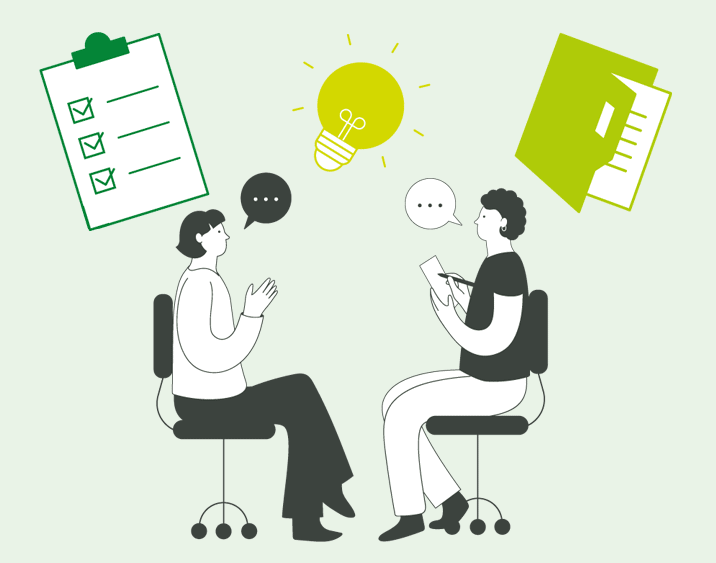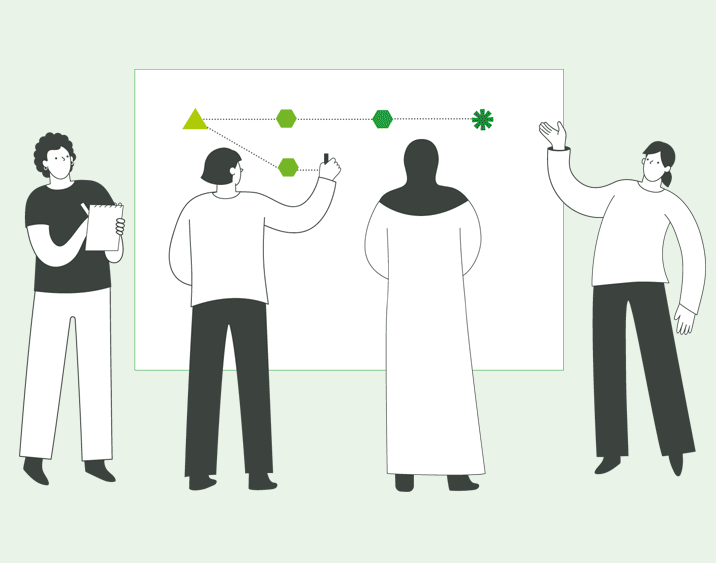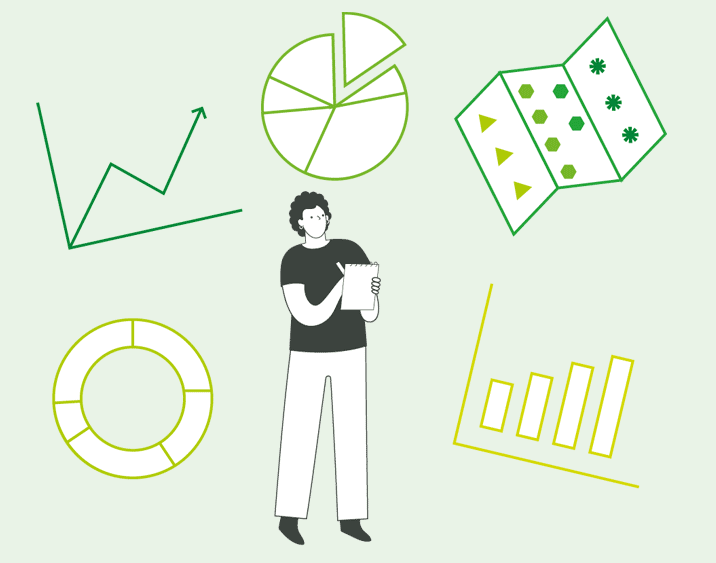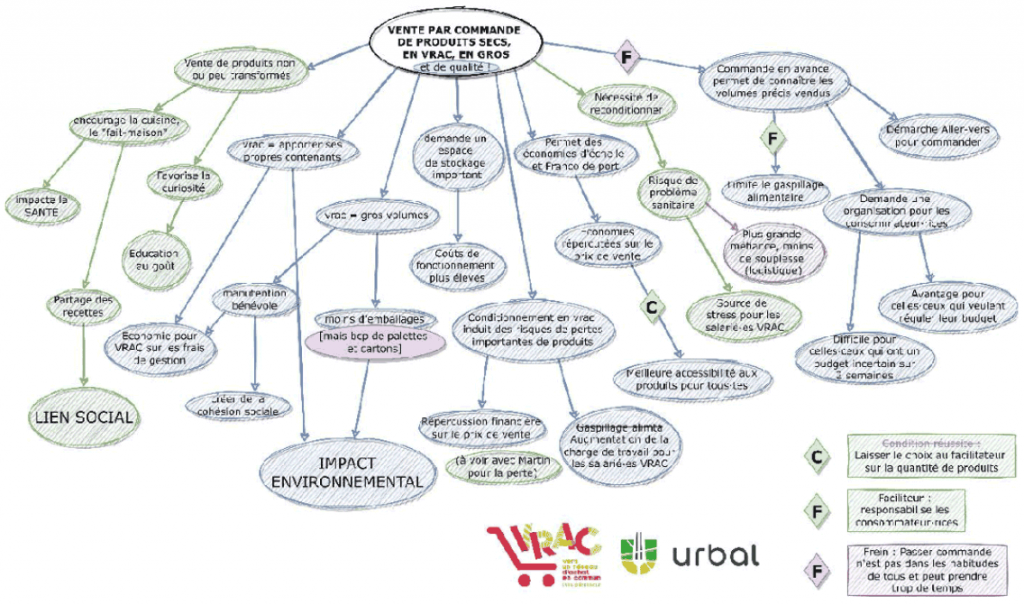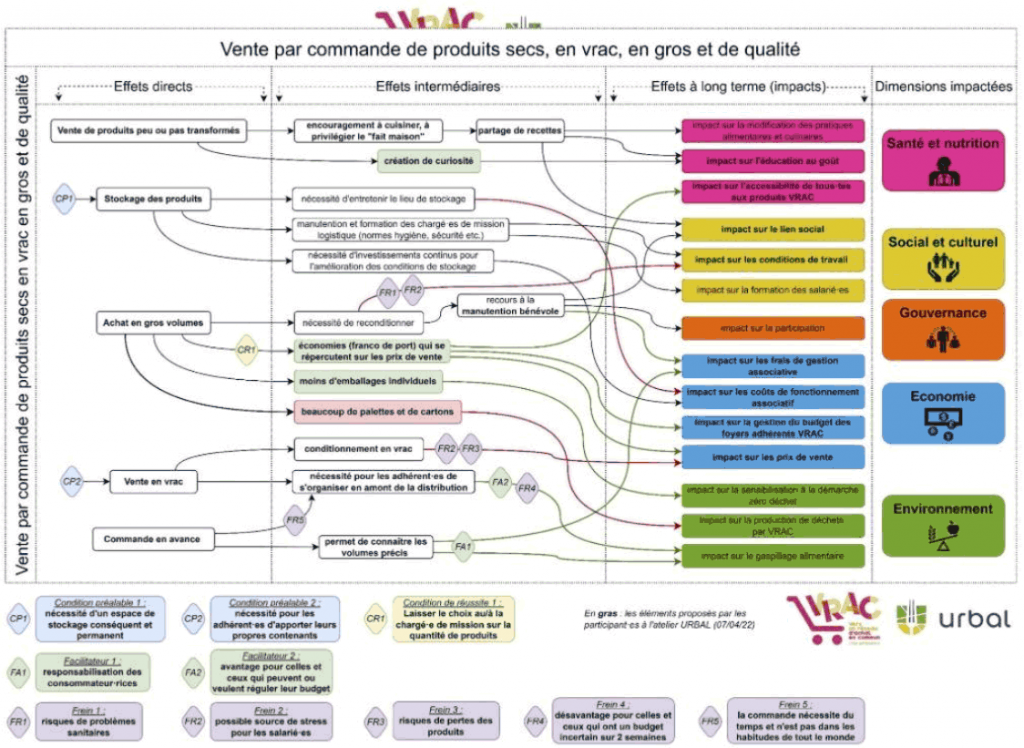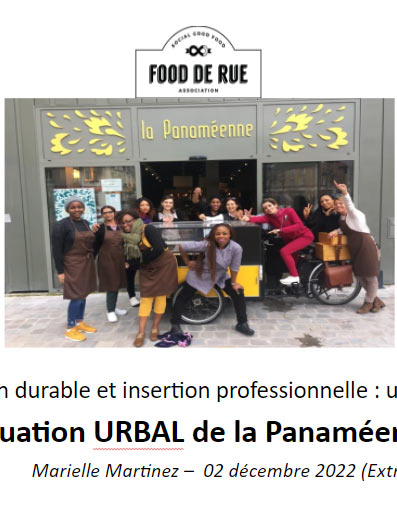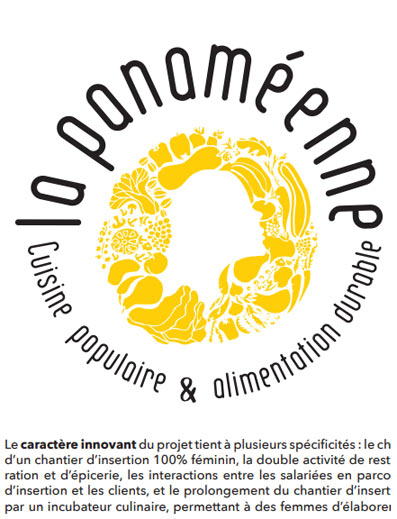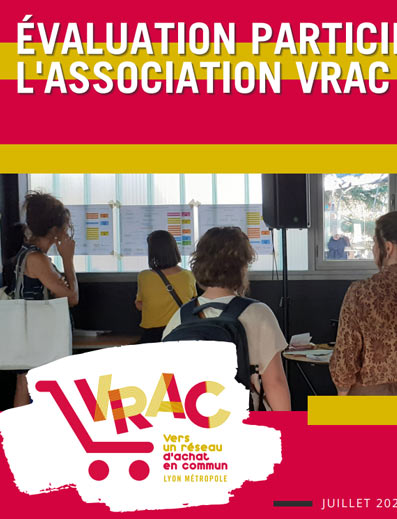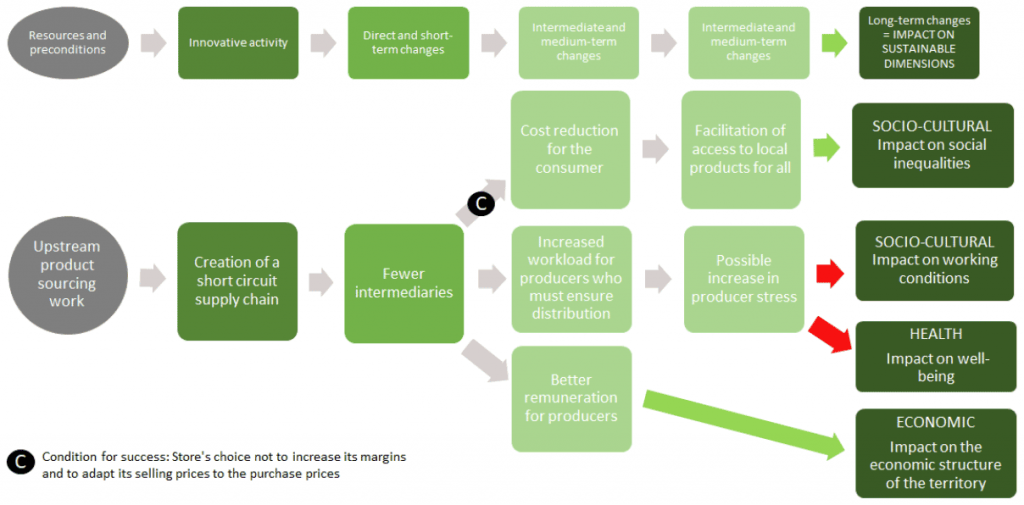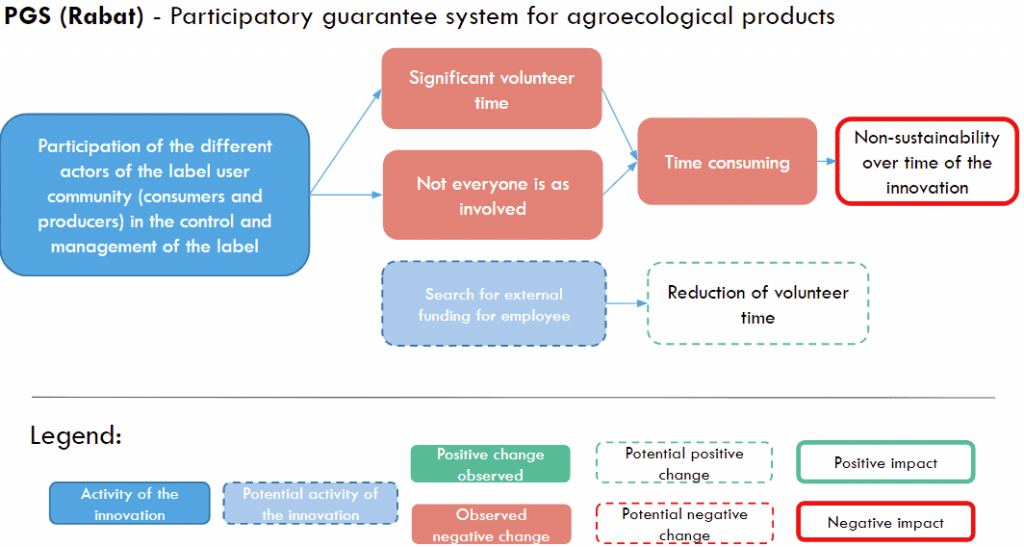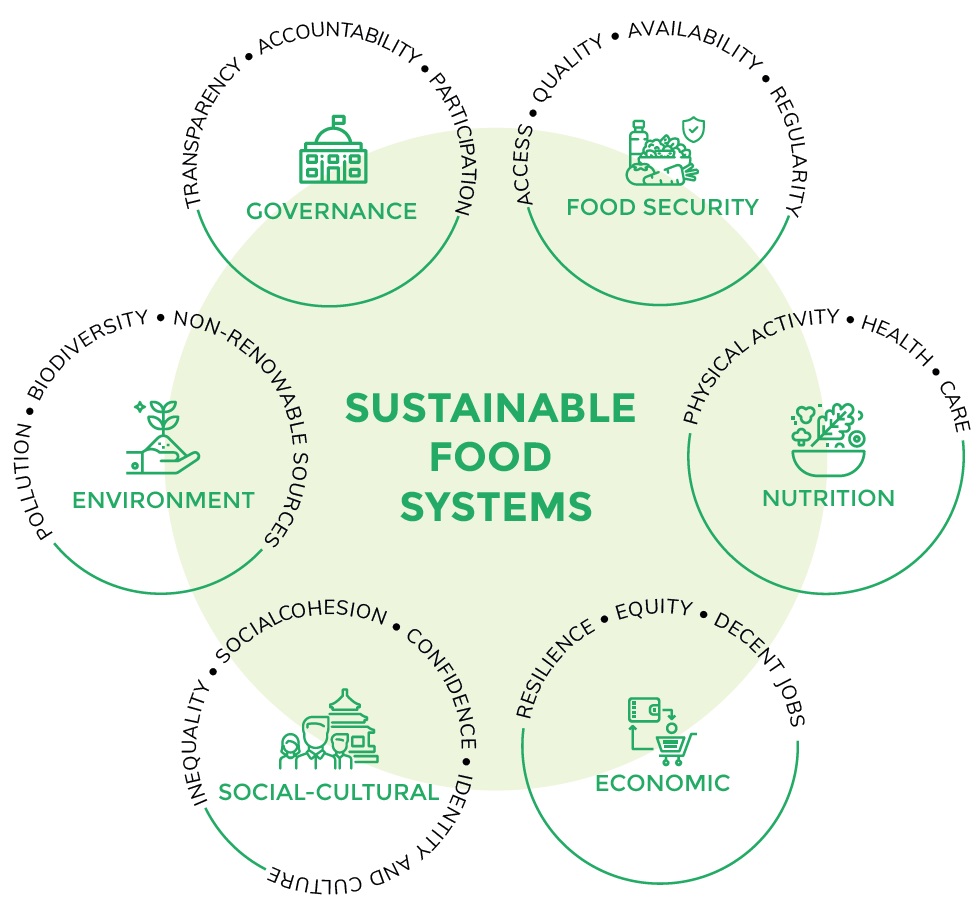There are many ways to organize impact pathway maps, but all maps go through multiple stages of development. Below is an example of the three stages of data analysis from a workshop done in Lyon with VRAC, an association that organizes bulk buying groups in low income neighborhoods for organic/farm/fair trade agriculture and sold at cost.
Stage 1.
Impact Pathway Map at the end of a workshop beginning with an activity on the left and working through to changes and impacts on the right with enablers and impediments identified along the way. This is only one out of the 9 maps designed during the workshop, each one mapping a different activity.
Each of the 3 breakout groups worked successively on the same map, using a different color.
No particular attention has been paid to the distinction between impacts on the various dimensions of sustainability (no color flags).
Stage 2.
Digitization of the map with the addition of conditions, brakes, and levers for change (based on workshops discussion and interviews from Step 1).
Digitizing the map helps create a clearer view of the map and the goal is to create a general overview of the impact pathways identified in the breakout groups.
Stage 3.
Reorganization of the workshop map that includes:
1) the addition of complementary elements from the interviews in Step 1 (in bold);
2) positioning of each item to make it easier to link the identification and name of the impacts on each sustainability dimension;
3) reflection on the pathways; and,
4) the addition of conditions for success, levers for and barriers to change, with different colours to signify negative or positive impacts.
There are other options to display workshop results. For example your results can be organized to showcase key impacts for each sustainability dimension. You may also want to summarize the main findings from the map in a short narrative as an add-on to the map (see Booklet UFIL Lyon).
The maps drawn during the workshop can also be reorganised according to various needs. For example, it might be useful to select the results you share based on the interests of various audiences. In the case of La Panaméenne, a Paris restaurant and grocery store that focuses on skills development and employment of immigrant women living in precarious conditions, the results were reorganized to showcase the impacts on three key audiences: women working in the organization, on the clients themselves, and on the surrounding neighborhood. Organizing the impact pathway maps in this way helped to clearly demonstrate how these key groups are affected by the innovation.




